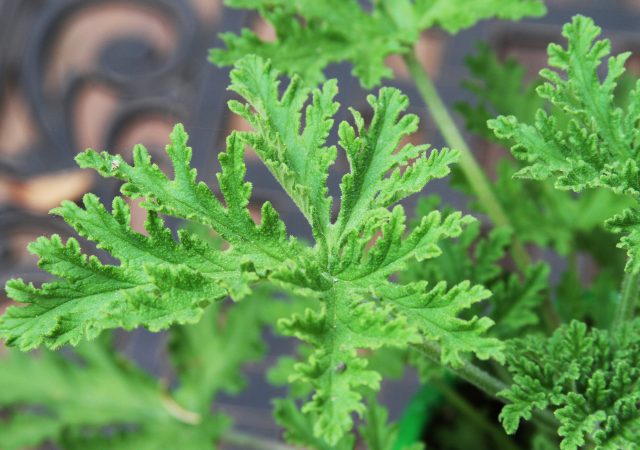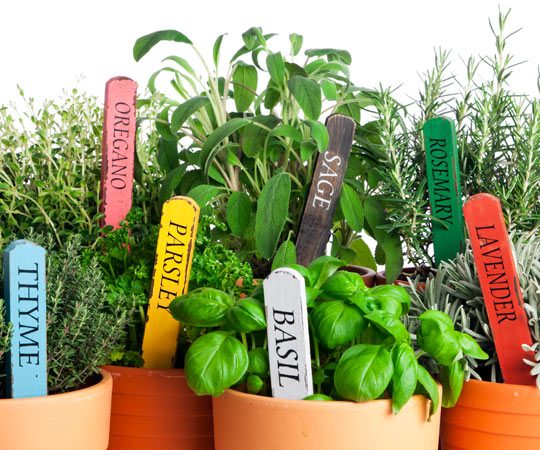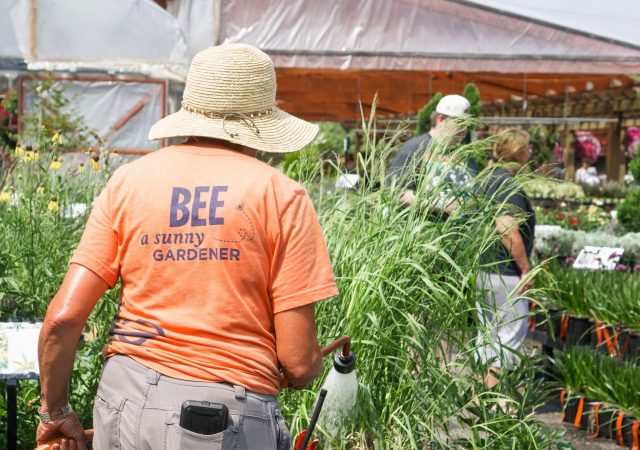Starting plants from seed is a great way to save money on flowers, herbs, and vegetable plants. When buying seeds, don’t buy more than you can plant within two to three years. As the seeds age, their chance of germinating decreases. Store unused seeds in an airtight container in a cool, dry place (the refrigerator works great!)
Start seeds in small, individual containers. Biodegradable containers are recommended for plants that don’t transplant well, such as cucumbers and squash. When choosing a medium to grow your seeds in, we recommend selecting a commercial, soil-less, seed-starting mix. Fill your pots with the medium, then water the pots before sowing seeds. Your medium will likely settle after watering, so add more medium and continue watering until your pots are nearly full.
Each species has its own requirements for sowing, so be sure to check the packet or catalog for information regarding timing and sowing depth. The following table gives a general idea of when to start your seeds and transplant seedlings in order to have them ready to transplant outdoors by mid-May.
| Plants | Sow Seeds |
| Geraniums, pansies, violas, wax begonias, leeks, onions | Early February |
| Dusty miller, impatiens, fountain grass, lobelia, torenia, celery | Mid-February |
| Ageratum, coleus, petunias, snapdragons, verbena, broccoli, cabbage, cauliflower, head lettuce | Early March |
| Dianthus, African marigolds, salvia, sweet alyssum, strawflower, peppers, eggplant | Mid-March |
| Calendula, celosia, French and gem marigolds, morning glory, nasturtium, tomatoes | Early April |
| Cosmos, sweet peas, thunbergia, zinnia | Mid-April |
Choose your indoor growing location carefully. A low-traffic, draft-free, warm space is preferred. Ideally, seeds should be started under a grow light. Minnesota spring doesn’t generally provide enough natural light indoors. âCool whiteâ fluorescent lights, hung no more than four inches above the tops of your seedlings, works out well. Plants need 12-16 hours of light per day.
About two weeks before transplanting your seedlings outdoors, begin hardening them off. Start by putting your seedlings in the shade for a few hours during the warmest part of the afternoon. Gradually increase the time the plants spend outside and increase the amount of sunlight reaching them. This prepares the plants for the outdoor environment.



